New residential building in Pomorie, Old Town
Price: 49 104 €
Property detailsRef. №: 2892
Type of transaction
Property Type
Region Burgas region
Populated location
Map of the area
Similar proposals
Real estate on the Black Sea coast of Bulgaria. Apartments in Primorsko
Building |
51 150 €
Apartments with sea view for sale in a new building in the quarter Galata - Varna
Building |
49 000 €
Luxury apartments close to the beach for sale in the resort Sunny Beach
Building |
49 077 €
Luxury apartments for sale in the resort Kiten
Building |
48 000 €
Apartments in a luxury residential building in Pomorie, Old Town, 100 m from the sea
Building |
51 634 € Property detailsRef. №: 2892
Type of transaction
Property Type
Region Burgas region
Populated location
Map of the area
|
||||||





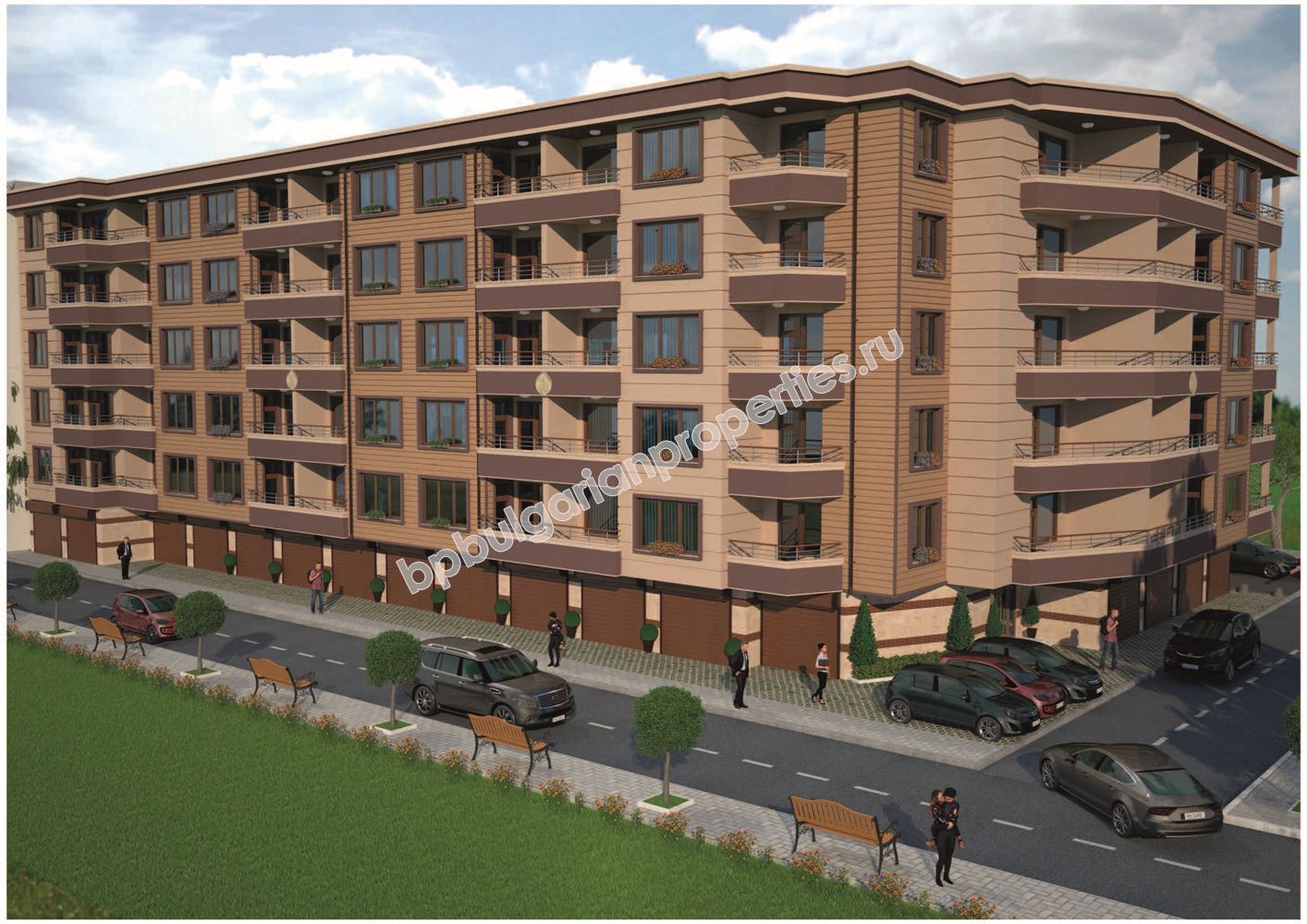
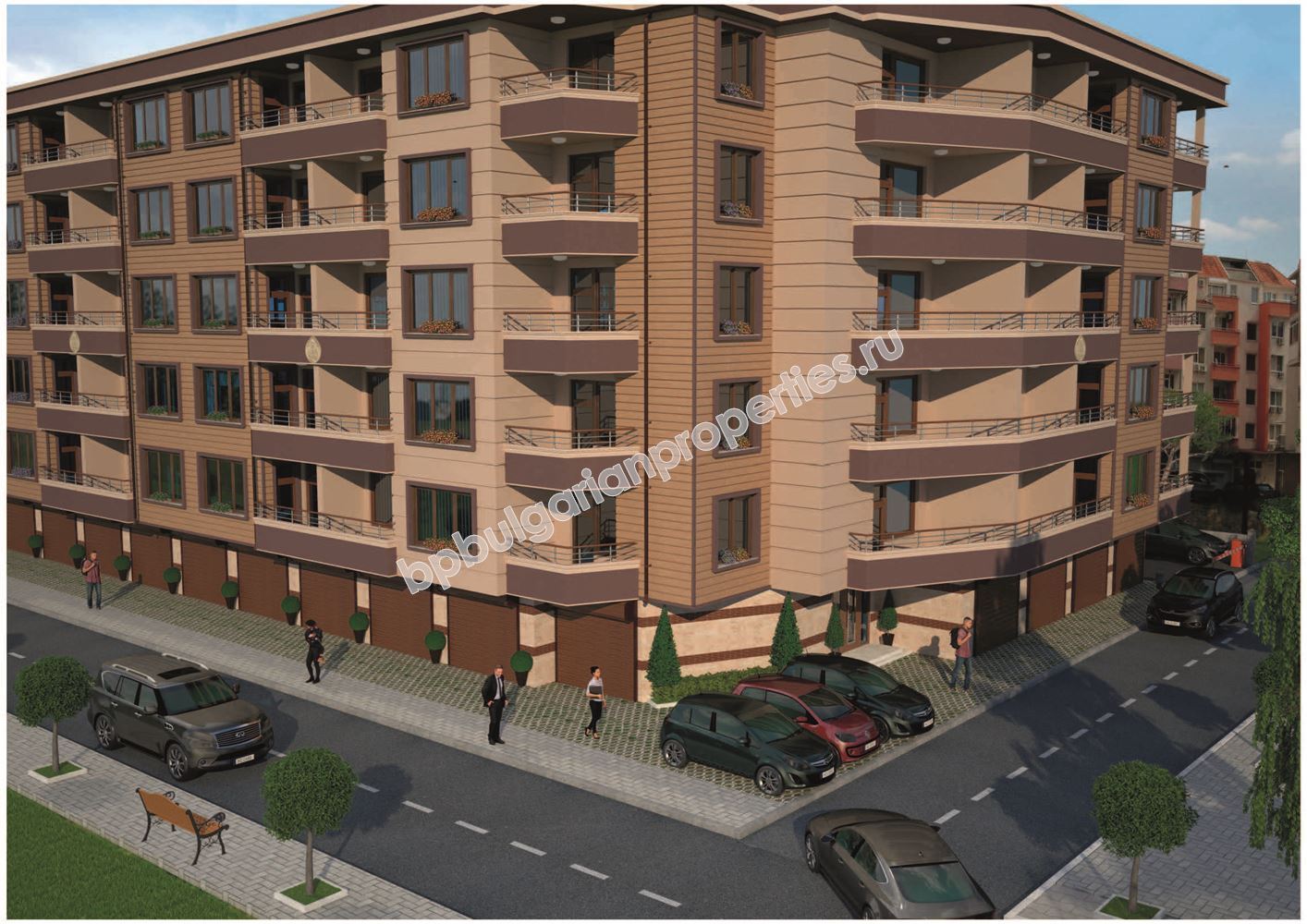
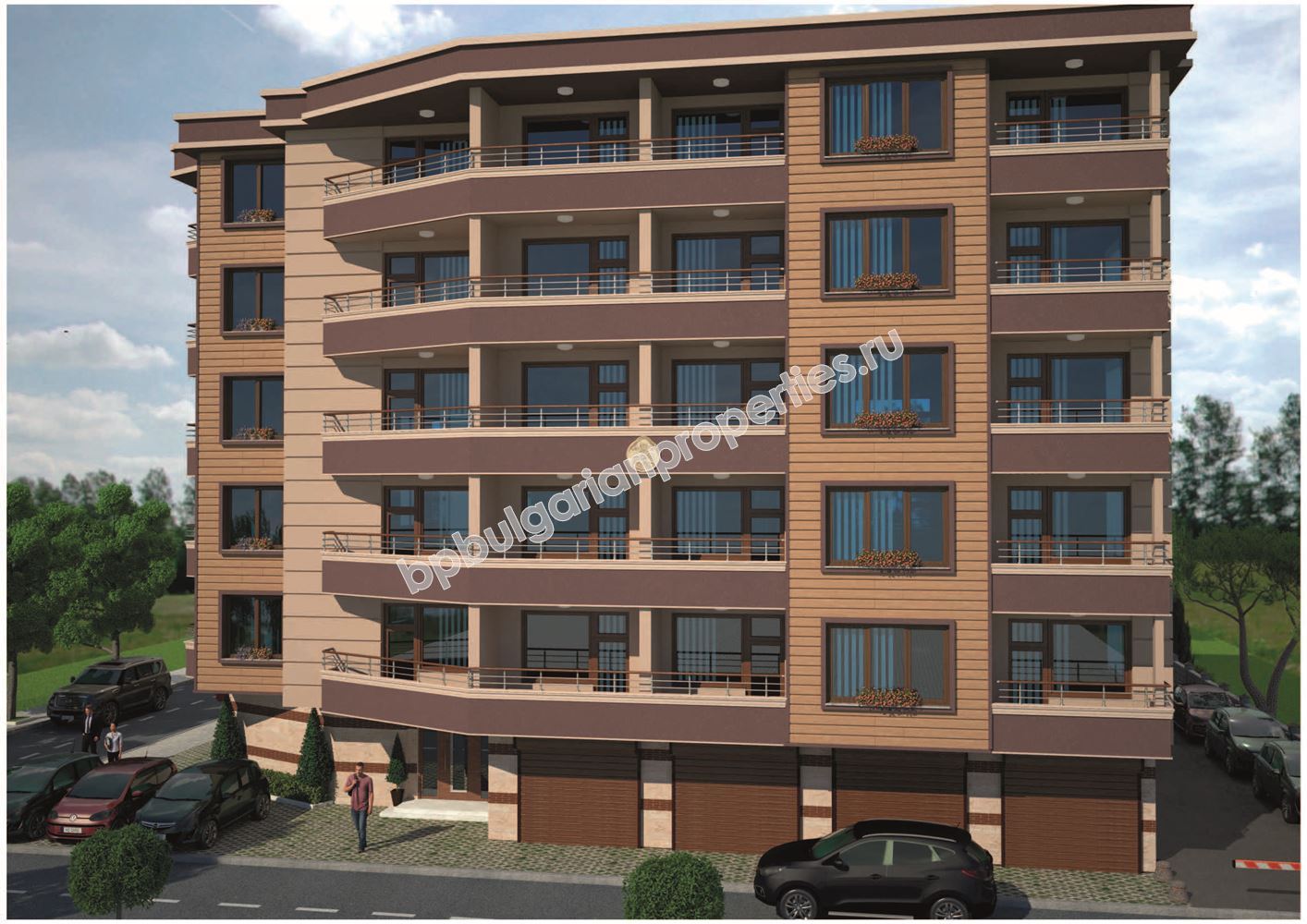
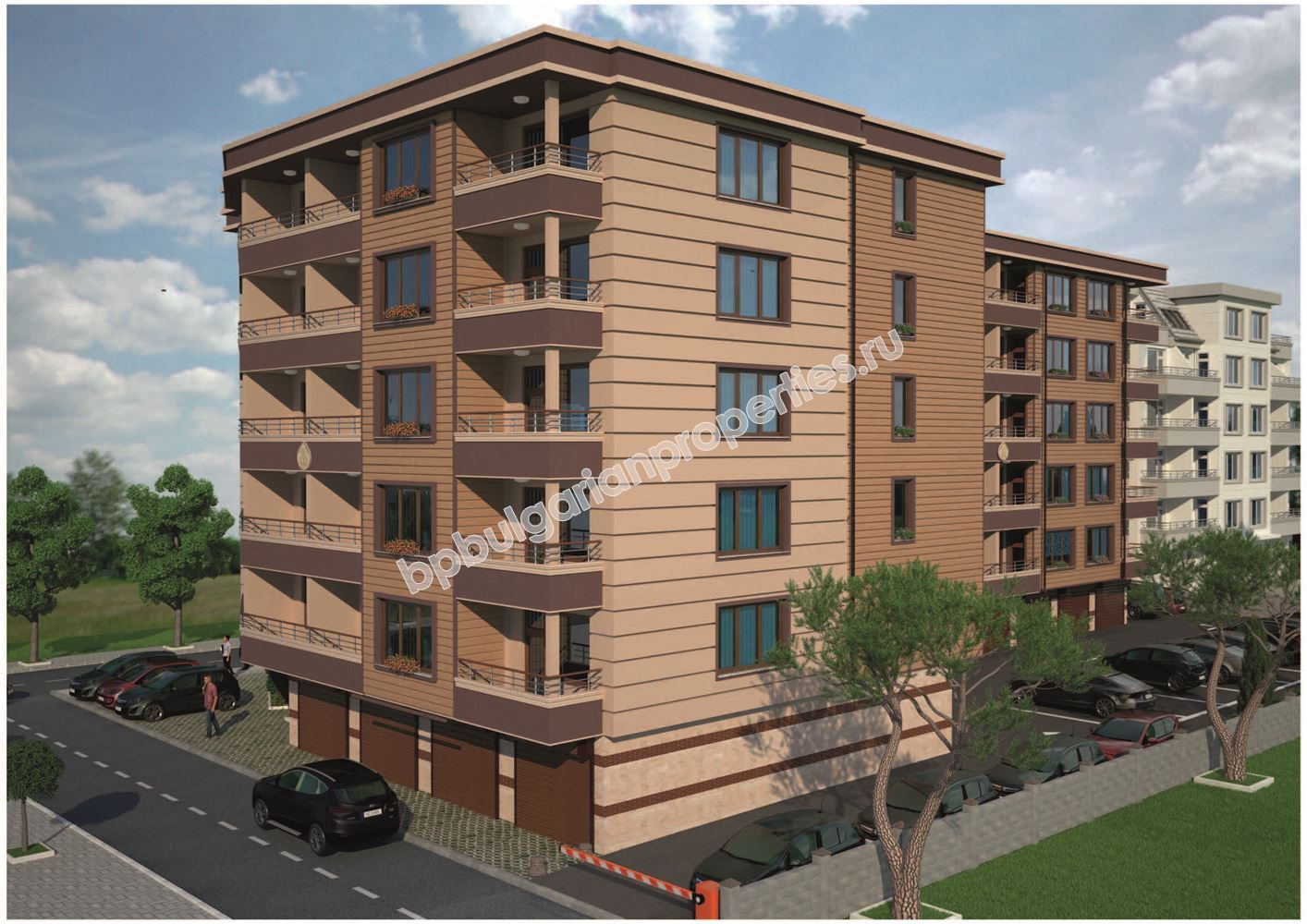
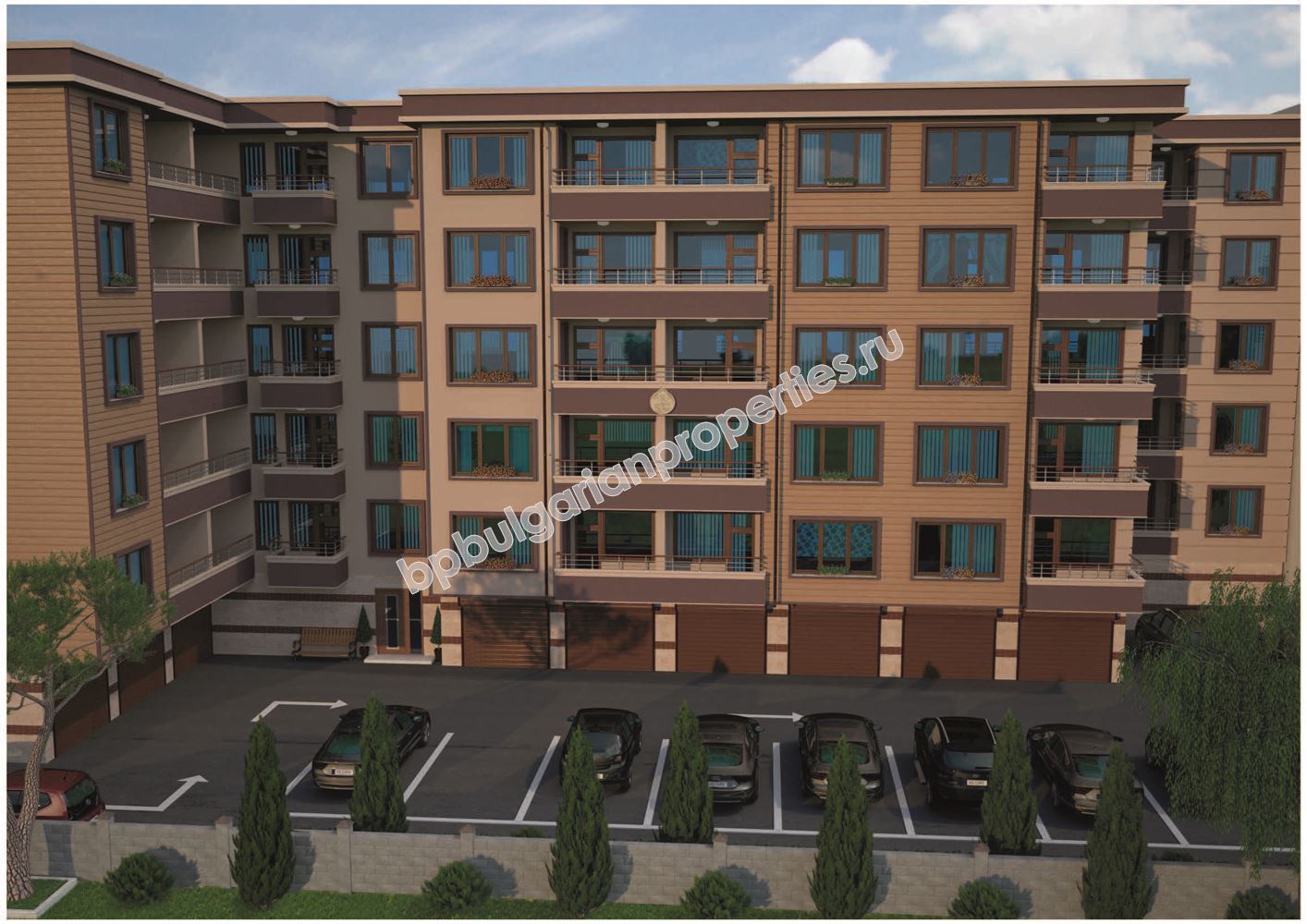
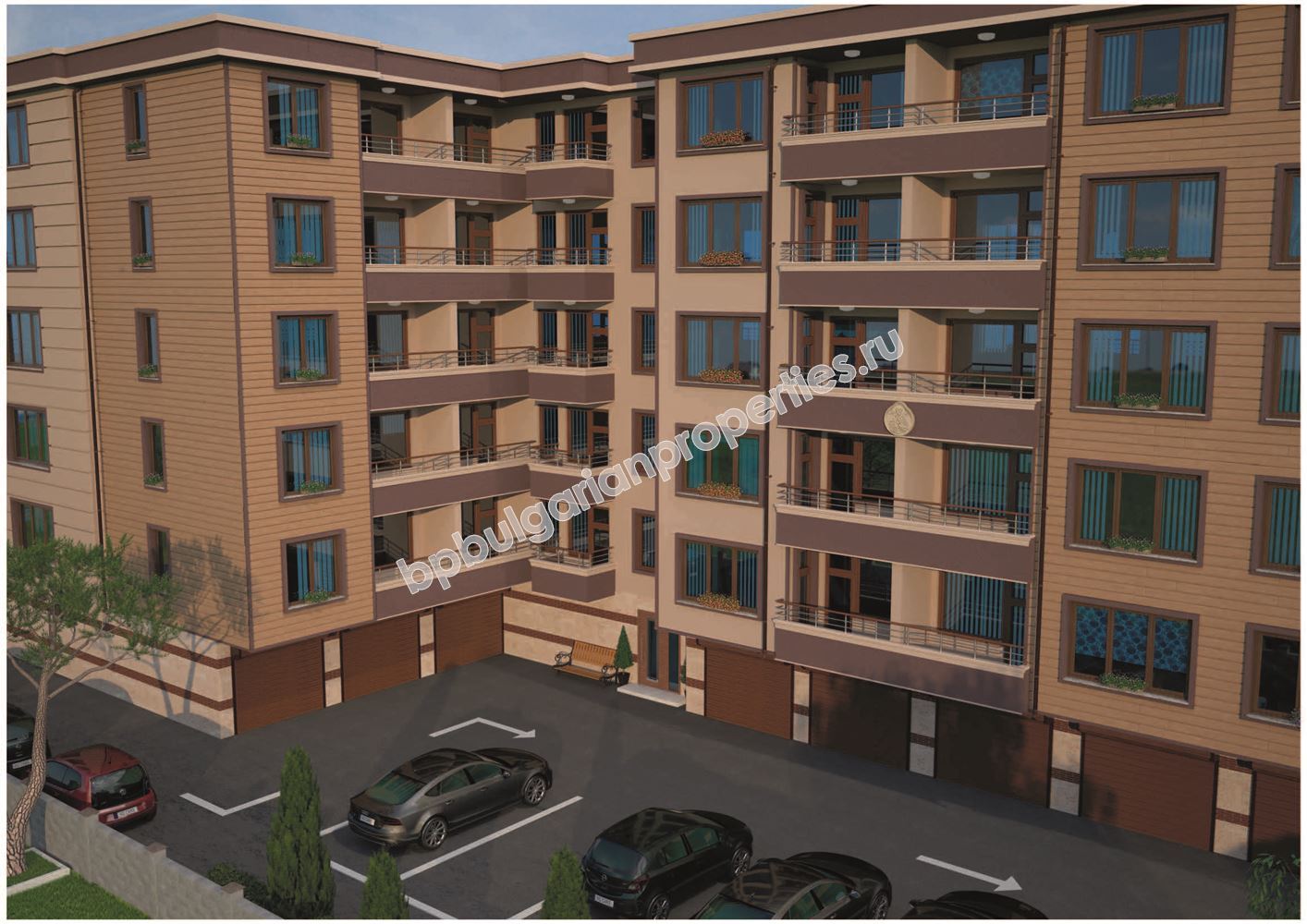
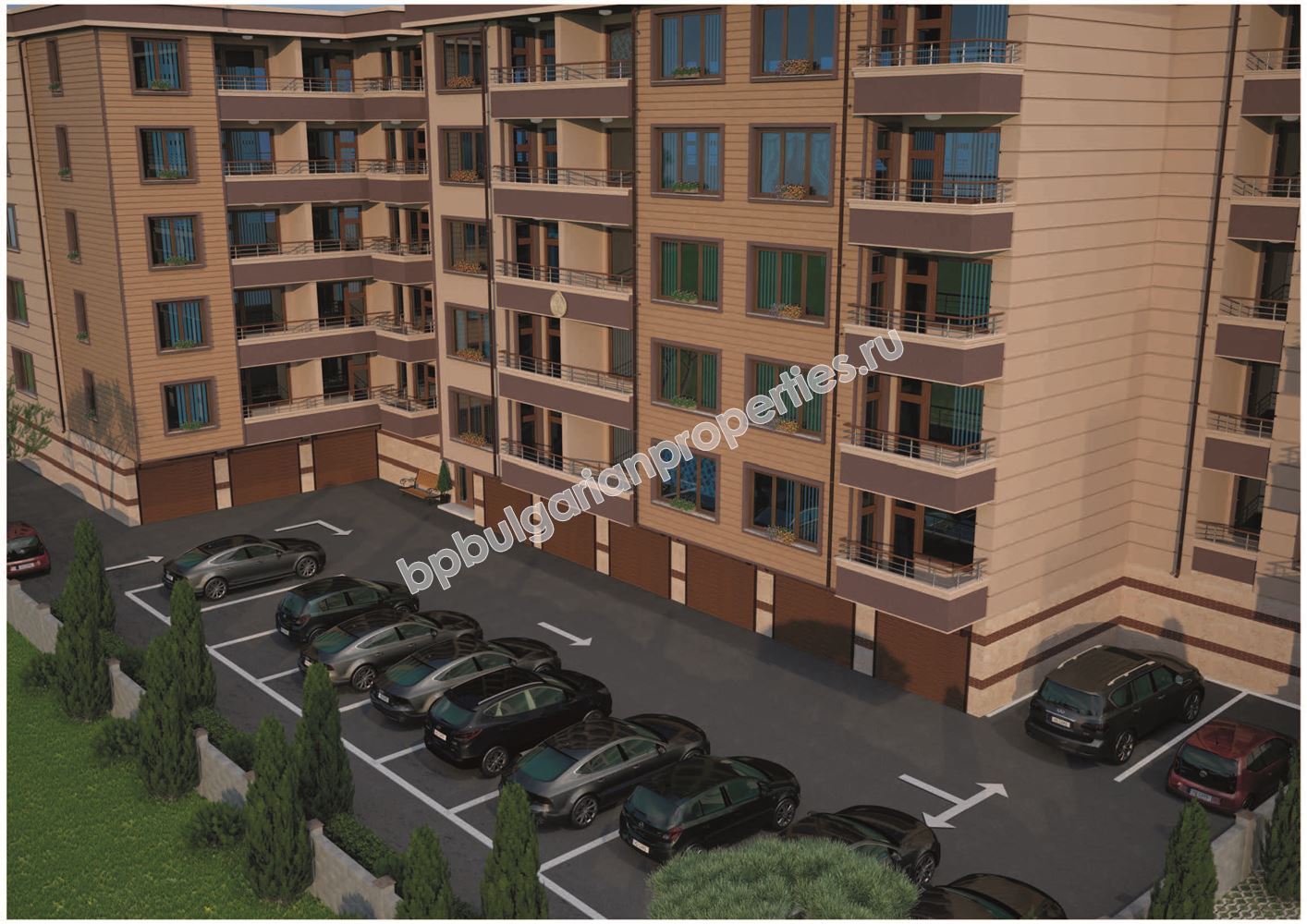
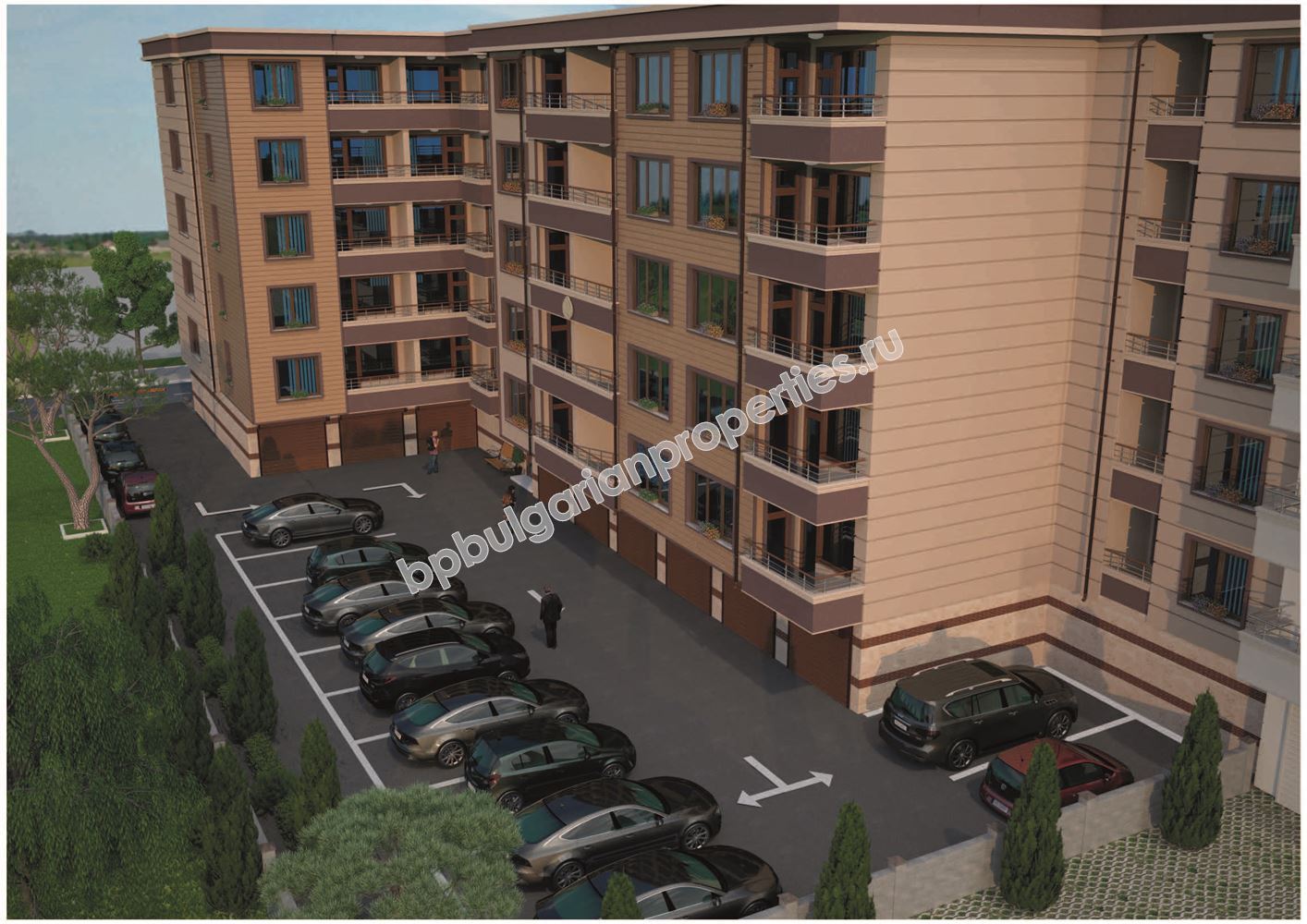
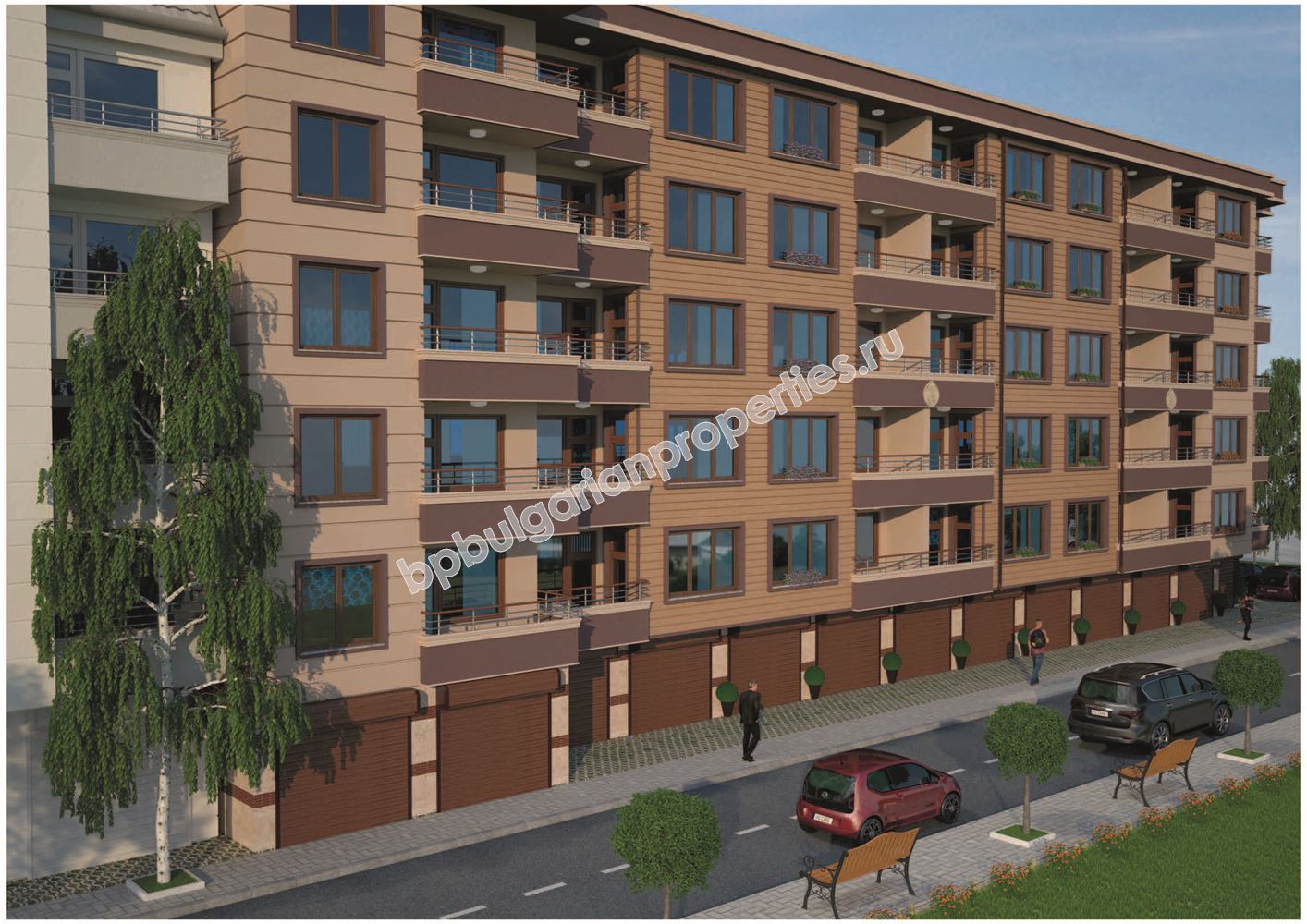
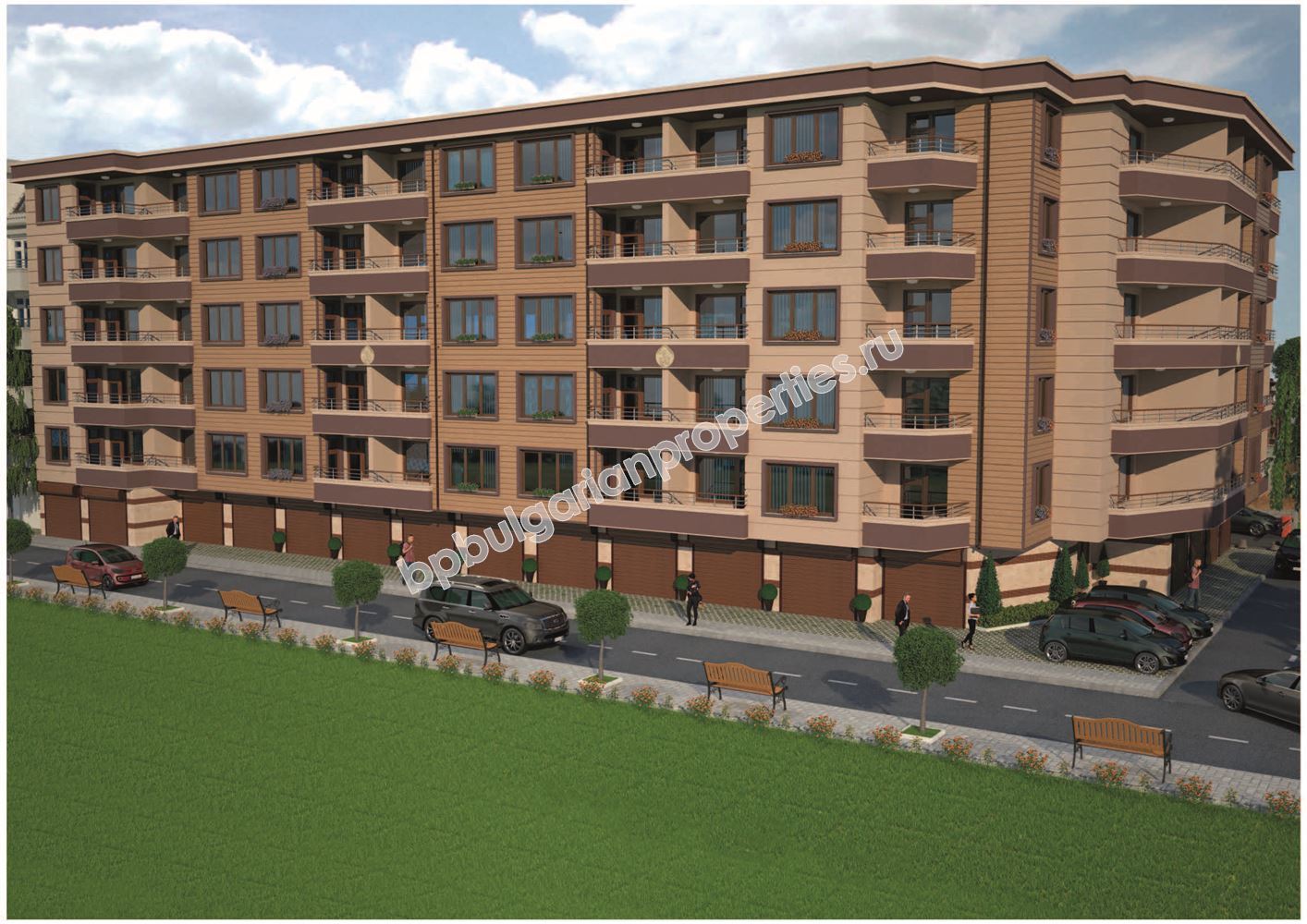
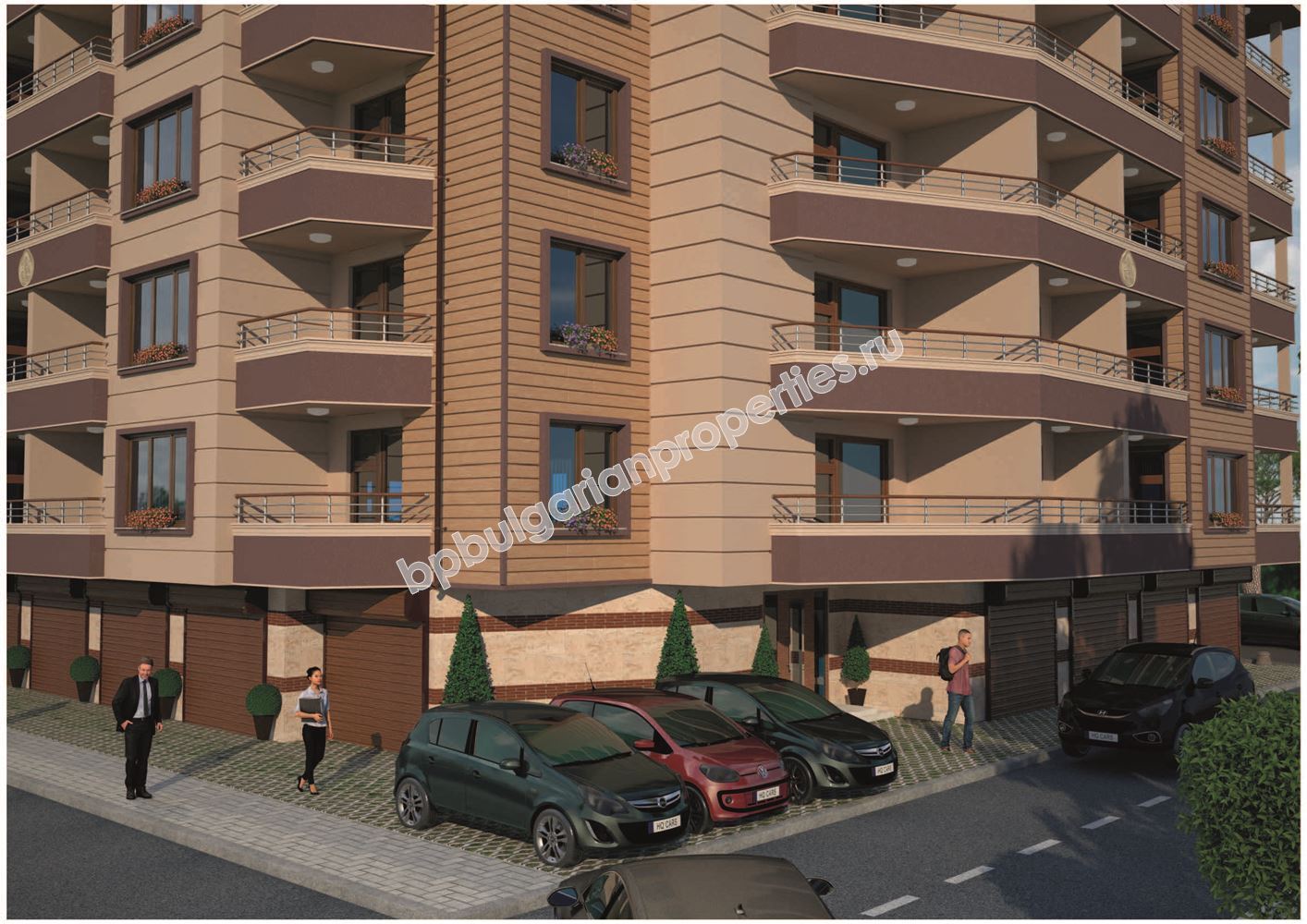












 +359 887 84 88 79
+359 887 84 88 79



